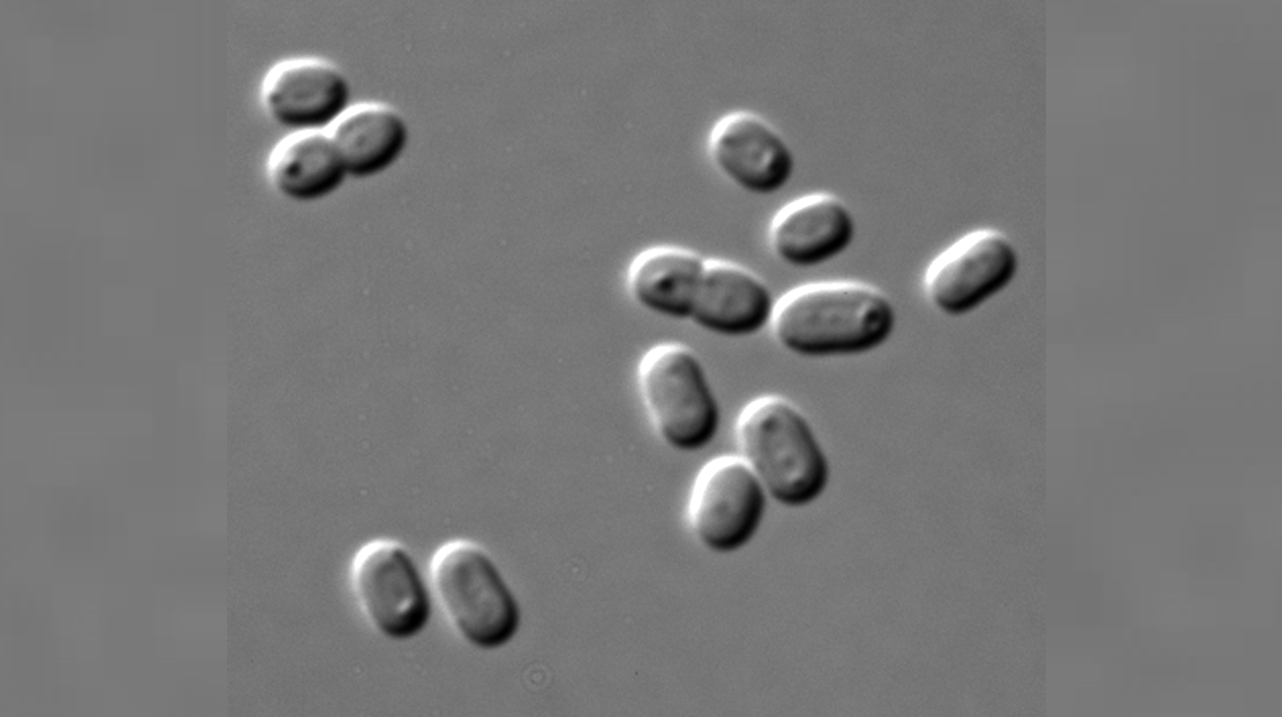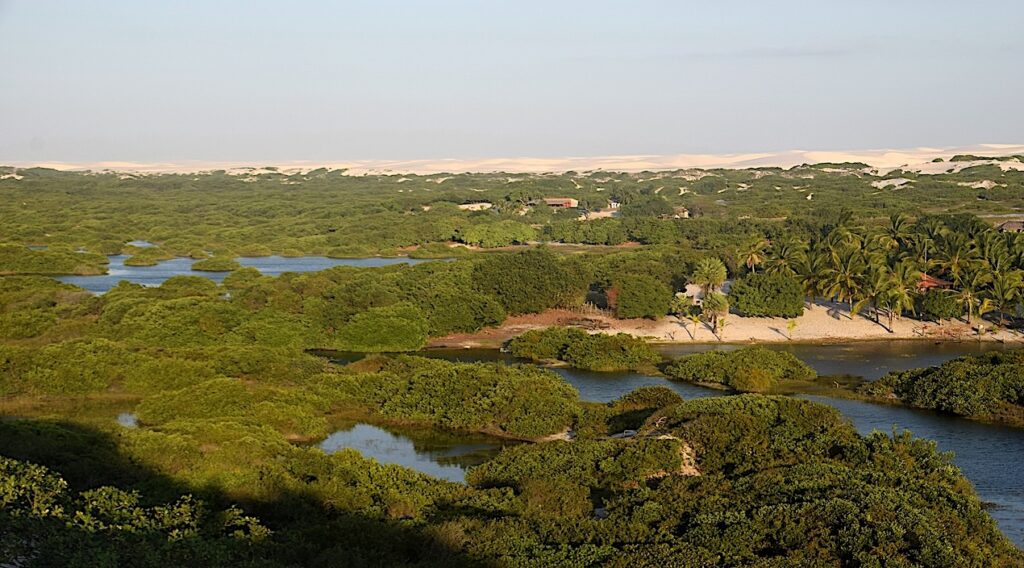Synechococcus sp. PCC7335 Responses To Far-red Enriched Spectra and Anoxic/microoxic Atmospheres: Potential for Astrobiotechnological Applications

Recently, cyanobacteria have gained attention in space exploration to support long-term crewed missions via Bioregenerative Life Support Systems. In this frame, cyanobacteria would provide biomass and profitable biomolecules through oxygenic photosynthesis, uptaking CO, and releasing breathable O. Their growth potential and organic matter production will depend on their ability to photoacclimate to different light intensities and spectra, maximizing incident light harvesting.
Studying cyanobacteria responses to different light regimes will also benefit the broader field of astrobiology, providing data on the possibility of oxygenic photosynthetic life on planets orbiting stars with emission spectra different than the Sun.
Here, we tested the acclimation and productivity of sp. PCC7335 (hereafter PCC7335), capable of Far-Red Light Photoacclimation (FaRLiP) and type III chromatic acclimation (CA3), in an anoxic, CO-enriched atmosphere and under a spectrum simulating the low energetic light regime of an M-dwarf star, also comparable to a subsuperficial environment.
When exposed to the light spectrum, with few photons in the visible (VIS) and rich in far-red (FR), PCC7335 did not activate FaRLiP but acclimated only via CA3, achieving a biomass productivity higher than expected, considering the low VIS light availability, and a higher production of phycocyanin, a valuable pigment, with respect to solar light.
Its growth or physiological responses of PCC7335 were not affected by the anoxic atmosphere. In these conditions, PCC7335 efficiently produced O and scavenged CO Results highlight the photosynthetic plasticity of PCC7335, its suitability for astrobiotechnological applications, and the importance to investigate biodiversity of oxygenic photosynthesis for searching life beyond Earth.
Synechococcus sp. PCC7335 responses to far-red enriched spectra and anoxic/microoxic atmospheres: Potential for astrobiotechnological applications Plant Physiology and Biochemistry ( IF 6.5 ) Pub Date: 2024-06-06 , DOI:10.1016/j.plaphy.2024.108793 Elisabetta Liistro , Mariano Battistuzzi , Lorenzo Cocola , Riccardo Claudi , Luca Poletto , Nicoletta La Rocca
Astrobiology







